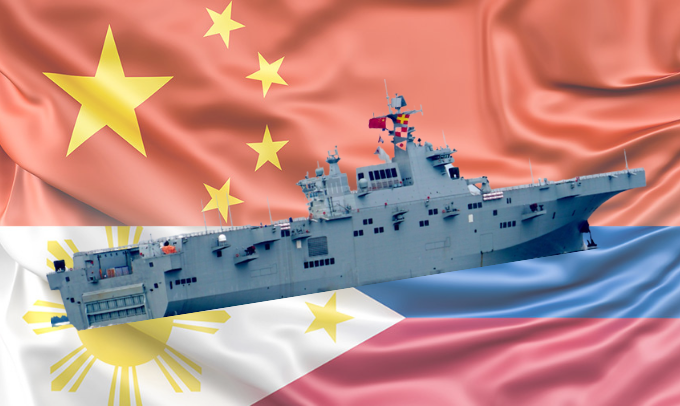August 10, 2023
MANILA – The Philippines and China find themselves in the midst of a diplomatic clash as Manila refutes Beijing’s assertions of a pact regarding the removal of a warship. As tensions continue to simmer, this recent exchange highlights the intricate geopolitical landscape in the South China Sea.
Contrary to China’s allegations, the Philippines asserts that no agreement was ever reached concerning the removal of the aging Sierra Madre, a warship intentionally grounded at the Second Thomas Shoal, also known as Ayungin Shoal, within the Philippines’ exclusive economic zone (EEZ).
China’s claims are centered on an alleged promise by the Philippines to remove the warship, an assertion that has been categorically denied. Jonathan Malaya, Assistant Director General of the National Security Council, stated unequivocally that the Philippines remains committed to upholding its sovereign rights over the Ayungin shoal.
Malaya’s response to China’s claims was firm: “Their assertion is a mere figment of their imagination.” In a challenge to China’s narrative, he urged Beijing to present concrete evidence substantiating their allegations.
This recent clash is but one episode in the long-standing tensions between China and the Philippines at the Second Thomas Shoal. The most recent incident occurred last Saturday when the Philippines accused China’s coast guard of obstructing a resupply mission to the Sierra Madre through the use of water cannons.
The Philippines remains steadfast in its stance, emphasizing its commitment to maintaining the Sierra Madre as a symbol of sovereignty within the Ayungin shoal. It is noteworthy, however, that an exclusive economic zone does not denote ownership but rather grants exclusive rights to resources and fisheries within the designated area, extending up to 200 nautical miles from a nation’s coastline.
In a landmark legal victory in 2016, the Philippines secured an international arbitration award against China. The tribunal dismissed Beijing’s sweeping claims of sovereignty over a significant portion of the South China Sea, including the Second Thomas Shoal.
China’s actions have consistently drawn international scrutiny, particularly its construction of fortified artificial islands in the South China Sea. The nation’s broad historical claims intersect with the exclusive economic zones of neighboring countries such as the Philippines, Vietnam, Malaysia, Brunei, and Indonesia.
Jay Batongbacal, a maritime expert at the University of the Philippines, highlighted the strategic value of the Second Thomas Shoal for China. Beyond its strategic importance, it could potentially serve as an ideal location for a future military base, bolstering China’s regional influence.
In conclusion, the diplomatic clash between the Philippines and China over warship removal allegations reflects the intricate and sensitive dynamics within the South China Sea. As both nations uphold their positions, the region remains a focal point of global geopolitical concern.
















